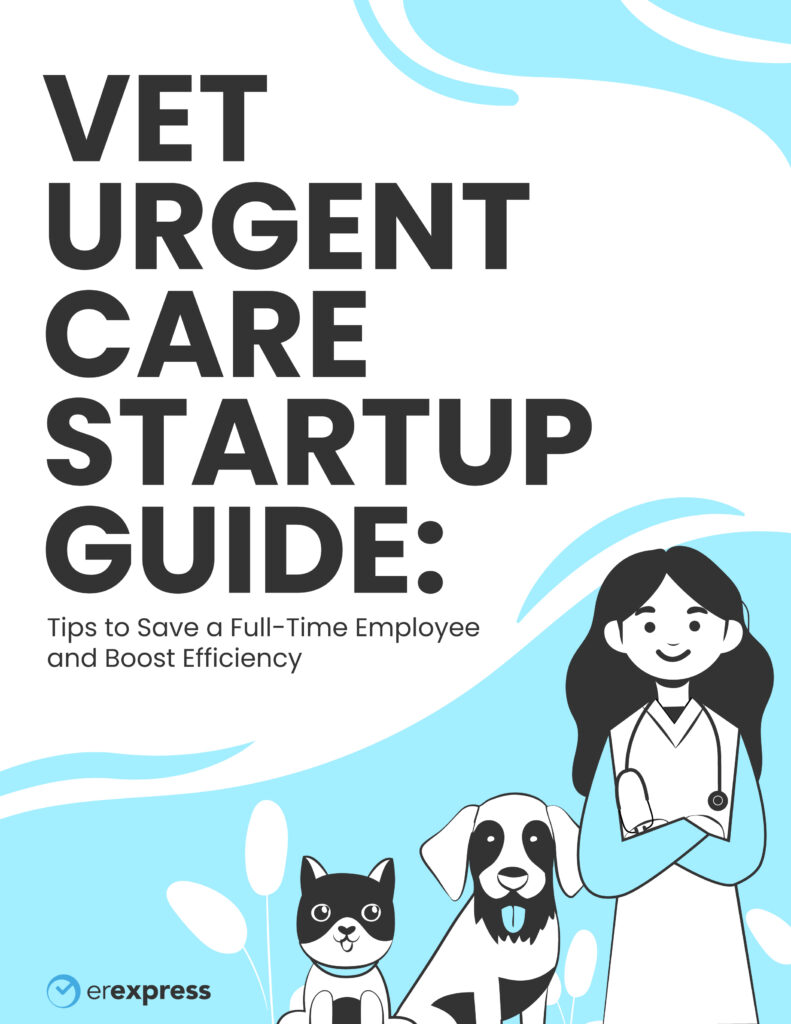A quick Google Search will show an overwhelming number of articles (“hospital wait times” showed 1.4 billion results) on healthcare wait times, how to reduce them, publish them, and/or use them as part of a marketing strategy. It’s no wonder then that as most emergency departments, urgent cares and other walk-in clinics see their competitors advertising their wait times via billboard, website or SMS message, they feel a strong impetus to follow suit.
One significant concern that arises from this trend is the potential stress and anxiety it could cause among patients. When individuals are unwell, they’re already in a vulnerable state.
Adding the unpredictability of wait times could exacerbate their stress levels, particularly if there is a long wait ahead. This emotional strain, in turn, might even negatively impact their overall recovery and perception of care.
This impetus assumes that by posting wait times, patients will choose the facility that offers this degree of transparency over another that does not. While this may be true, let’s take a step back and consider what posting wait times online really accomplishes.
Understanding patient concerns about wait times
Before implementing any strategy, understanding patient concerns and expectations is crucial. This doesn’t mean they necessarily want them posted online, but they want some form of communication about it. By understanding this need, healthcare systems can address it more effectively.
Varying definitions of wait time rarely match what patients expect
First of all, what do patients think “wait time” means? The definitions of wait time vary widely from one health system to another. Consider for example, these common definitions:
- The time spent from arrival to triage
- The total time spent from arrival to the exam room
- The total time spent until the patient sees the doctor (including time spent waiting in the exam room)
- The time from check-in to discharge
Definition #1 would likely result in very short wait times. Under this definition, staff immediately triage patients but send them back out to the waiting room again until a bed is available, making it look like the wait time is quite short but really, patients will still wait longer than they anticipated. On the extreme end, definition #4 most likely presents a much longer wait than what patients have in mind.
The case for not posting wait times online
Wait times suffer from low accuracy
Many health systems use completely different methods for updating the wait times, such as taking an average over several hours and posting once every half hour or so, while another facility may just post yesterday’s average or a historical average. There are also plenty of health system websites that rely on staff updating the wait time – staff who are busy and are more likely to inflate the number to decrease their workload.
Wait times change rapidly
Consider that even real-time wait times posted online are not the same as the wait times a patient will experience once they arrive. A patient who sees a posted wait time of 15 minutes may head over straight away only to find out that by the time they get there the wait time has increased. The opposite situation may also be true. Patients may pass over the facility with a wait time they perceive as being too long, even though the busyness could clear up by the time they get there.
Wait times can make you look bad in comparison
On that note, in some cases patients will pass up the busiest location if you have more than one where wait times are posted and choose a location with more capacity to treat them. However, they may just decide to skip it altogether and pick a competitor with lower advertised wait times. That competitor may have a completely different definition of wait times that is more easily kept low, even if the actual throughput time is longer. Your posted wait times still can make you look bad in comparison.
Moreover, the focus on wait times might shift the attention away from the quality of care provided. Patients could make choices based solely on waiting, potentially compromising the medical attention they receive. It could lead to an environment where medical facilities are seen as ‘fast food’ establishments rather than places of professional healthcare.
The psychological impact of waiting
Another dimension to consider is the psychological impact of waiting. Uncertainty and unpredictability can lead to stress and anxiety.
When patients are uncertain about how long they will have to wait, it can escalate their anxiety levels, especially if they’re in pain or distress. By offering a clearer picture through virtual queuing and real-time updates, you reduce this anxiety and provide a more patient-centric experience.
A better alternative to posting wait times
What’s a better way to manage expectations while increasing transparency and patient satisfaction? Create a virtual queuing process. Allow patients to get in line ahead of time through your website using online check-in and wait from the comfort of home. Online check-in allows staff to offer up time slots during times of the day when they are historically less busy. If there is a sudden surge in volume, it’s easy to quickly turn it off or temper it down to fewer time slots.
Here are some reasons you should use a virtual queuing process at your facility:
Patient experience
A virtual queuing process acknowledges the human aspect of healthcare. It recognizes that patients are not just numbers but individuals who appreciate comfort and communication. When patients are informed and feel considered, their subjective experience improves, potentially elevating the perception of your organization’s brand as a healthcare leader in their local market.
The implementation of virtual queuing also signals a progressive, patient-first approach. It shows adaptiveness in meeting contemporary healthcare expectations, which could also enhance the facility’s reputation.
Less burden on staff
Online check-in also allows staff to offer up time slots during times of the day when they are historically less busy. If there is a sudden surge in volume, it’s easy to quickly turn it off or temper it down to fewer time slots.
Integration with other common technologies
Modern healthcare systems already employ Electronic Health Records (EHR), patient portals, and telehealth services. Incorporating a virtual queuing mechanism can dovetail into these services, ensuring a holistic and integrated approach to patient care.
In addition, all walk-in patients can sign in via kiosk or their own mobile device, while a smart queuing algorithm automatically gives them an estimated treatment time slot that takes into account online time slots and the real-time volume. Both walk-in and online check-in patients can opt to wait from home, their car, or the lobby while staff have the ability to communicate with them via two-way text messaging to keep them informed while they wait.
Cost-effectiveness
The cost-effectiveness of virtual queuing cannot be overstated. By reducing the need for your staff to manage queues and handle frustrated patients, resources can be allocated more efficiently. These savings could then be redirected to improve healthcare services, upskill staff, and invest in other advanced technologies, making a positive impact on operational capacities.
Beyond pure monetary savings, the time saved through these tools also increases the value of the time your staff spends during their shifts. Less time spent on administrative tasks creates more time to spend directly with patients and providing excellent in-person service.
More engagement, less phone calls
To make the wait more transparent, virtual queuing has multiple tools that give patients a sense of their place in line – an API that can be added to the health system website that publishes the real-time number of patients already in line, an automated text sent upon sign-in that lets patients know what their place in line is, and the ability to text back a number to receive an update about the number of patients ahead of them.
In turn, this can help to reduce the number of phone calls that urgent cares and emergency departments receive. Patients are less likely to call and ask about wait times if they are able to obtain a transparent view of the real-time foot traffic so they can decide when to plan their visits to your facility.
Here’s what makes this a better solution than simply posting wait times online:
- Increases operational efficiency – Automating the check-in process reduces phone calls and paperwork and streamlines communication with patients.
- Optimizes throughput – The virtual queuing algorithm uses historical and real-time throughput to calculate and assign treatment times.
- Reduces staff workload – Allowing patients to essentially check themselves in and receive automated updates about the wait, reduces the amount of time your staff spends on the phone.
- Manages patient expectations – Patients are assigned treatment times instead of being told how long the wait may be based on an inaccurate average. Patients care more about their individual wait time than the average for all patients, so knowing what their specific wait time will be (or choosing their own treatment time via online check-in), while receiving updates on their phone, offers a much higher degree of transparency.
- Attracts new patients – Providing the convenience and transparency patients want turns first-time visitors into loyal patients. Providing the option to check in online and wait from home is a differentiator from the competition who still only post wait times.
While posting wait times online or through various marketing initiatives may seem compelling because everyone else is doing it, there is a better way to solve the issues that would make an urgent care or ED consider posting wait times in the first place.
If you’re trying to increase patient satisfaction, then it makes more sense to give patients more control over their experience. If you need to increase efficiency, don’t stress your staff out by having to adhere to a posted wait time, automate the wait time process instead. If you want to better manage patient expectations, keep in touch with them without having to pick up a phone. Using these digital tools to your advantage checks off all the boxes that wait times do not and benefits both patients AND staff.



